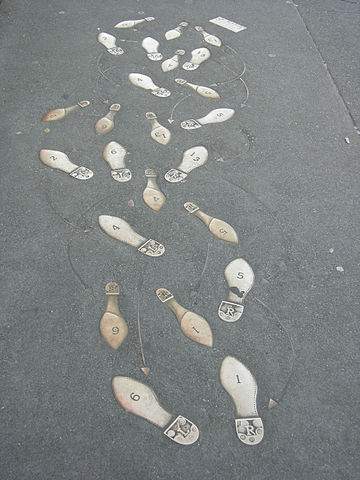 Surprisingly many dance students find learning new combinations tricky and challenging. Of course the more you try to learn new exercises quickly the easier it becomes, but there are a few tricks to make it easier.
Surprisingly many dance students find learning new combinations tricky and challenging. Of course the more you try to learn new exercises quickly the easier it becomes, but there are a few tricks to make it easier.
During class, it is important to learn the movement at a fast pace, and then perform these exercises simultaneously. Learn the pathway of the movement first so you have a good idea of where you should be going and the direction you should be facing. Maintain spatial awareness in respect to the other dancers and group the steps together: most combinations are grouped into musical phrases, directions or predictable sequences as well as frequently being choreographed along a diagonal line. It then becomes easier to recognise patterns.
Another way to make learning sequences easier is to identify the “landmark” movements and building up the sequence that way with the movements preceding and succeeding the transition steps. Learn which foot you begin each section with and which foot takes you into the landmark movements, as well as the foot which finishes the sequence. It is easier to think of the feet as downstage and upstage rather than right or left, as this will make the movement simpler when you come to do it on the second side! Listen to the music and where the landmarks occur, taking counts for these if necessary. Music should drive the movement, rather than aiming to match the steps to the music after learning them.
If all else fails, mark the movement and ask the teacher for further clarification. Mark the combination as you learn it, moving in the right direction so the movement is imprinted onto the memory faster. Make sure you don’t get in the way of other dancers and make the movements smaller. Overall it is important to finish correctly, with the correct foot and facing the right way.
